Home>Garden Essentials>How To Make Seeds Last Longer
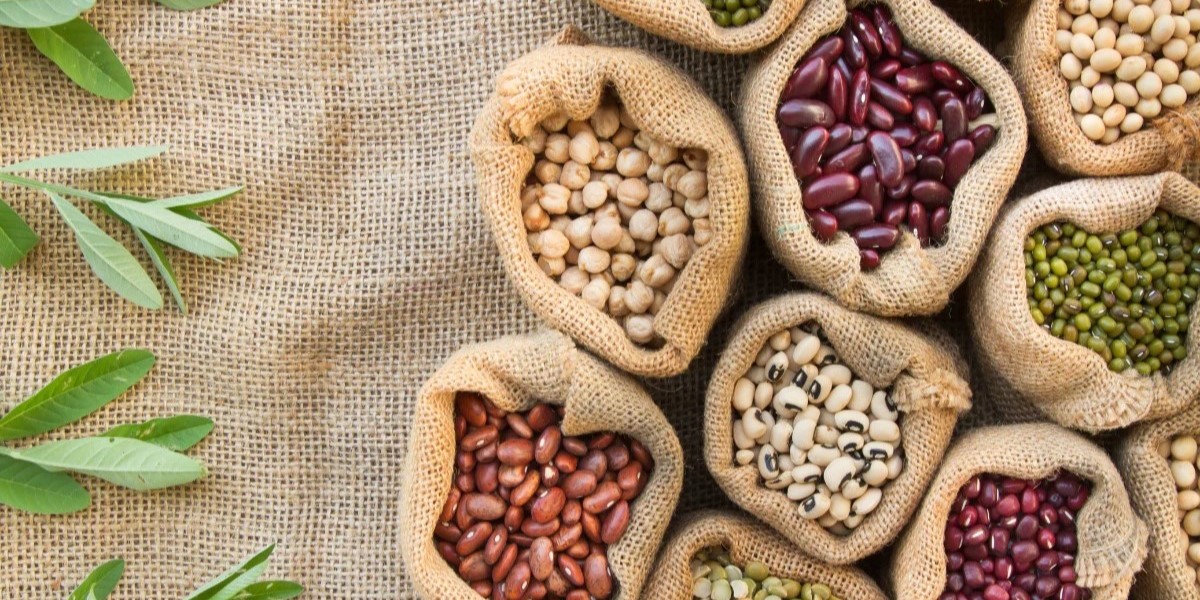

Garden Essentials
How To Make Seeds Last Longer
Modified: March 16, 2024
Learn valuable tips and tricks to make your garden seeds last longer with our comprehensive guide on how to extend the lifespan of your seeds.
(Many of the links in this article redirect to a specific reviewed product. Your purchase of these products through affiliate links helps to generate commission for Storables.com, at no extra cost. Learn more)
Introduction
Welcome to the world of gardening! Growing your own plants, flowers, and vegetables can be a rewarding and fulfilling experience. Whether you are an experienced gardener or just starting out, one thing remains crucial to a successful garden: seeds. Seeds are the starting point of life and hold the potential for an abundant harvest.
But have you ever wondered how long seeds can last? Seed preservation is essential to ensure the longevity and viability of your precious seeds. By properly storing and caring for your seeds, you can extend their life and enjoy bountiful crops year after year.
In this article, we will explore the importance of seed preservation and the factors that can affect seed longevity. We will also delve into the techniques and best practices for storing and maintaining the quality of your seeds. So grab your gardening gloves and let’s dive in!
Key Takeaways:
- Preserve seeds by storing them in airtight containers, controlling moisture, and maintaining a cool temperature to ensure they remain viable for successful gardening year after year.
- Test seed viability through germination testing, use seeds before expiration, and share excess seeds to maximize their potential and prevent wastage, leading to a thriving garden.
Read more: How To Make Floral Arrangements Last Longer
Importance of Seed Preservation
Seed preservation is the process of ensuring the survival and longevity of seeds. It is a vital practice for gardeners, farmers, and seed enthusiasts alike. By preserving seeds, we can safeguard the genetic diversity of plant species and maintain a sustainable food supply.
Preserving seeds allows us to save money by reusing seeds from our own plants, rather than having to purchase new ones each season. It also gives us the opportunity to continue growing and enjoying our favorite plant varieties, including heirloom and rare varieties that may no longer be widely available.
Furthermore, seed preservation plays a crucial role in conservation efforts. Many plant species are at risk of extinction due to habitat loss, climate change, and human activities. By preserving seeds, we can protect and conserve these species for future generations.
Additionally, preserving seeds allows us to adapt to changing environmental conditions. As climates shift and new challenges arise, having a bank of diverse and adaptable seeds gives us the ability to select varieties that are better suited to our specific growing conditions.
Moreover, seed preservation is essential for research and development. Plant breeders and scientists rely on the availability of diverse and well-preserved seeds to develop new cultivars that have improved traits like disease resistance, higher yield, and better taste.
Overall, seed preservation is not just about saving seeds, but it is also about preserving our agricultural heritage, protecting biodiversity, and ensuring food security. It empowers us to be self-reliant and resilient in the face of challenges.
Factors Affecting Seed Longevity
Several factors can influence the longevity of seeds. Understanding these factors is crucial for successful seed preservation. Here are some of the key factors that can impact seed longevity:
1. Moisture Content: Excessive moisture can cause seeds to deteriorate and lose viability. Moisture activates enzymes that can initiate seed germination prematurely or lead to the growth of mold and bacteria. It is important to keep seeds dry to maintain their viability.
2. Temperature: Temperature plays a significant role in seed storage. Extreme temperatures, both hot and cold, can negatively impact seed viability. High temperatures can speed up the aging process, while freezing temperatures can damage the cells within the seed. Maintaining a cool and stable temperature is crucial for seed preservation.
3. Air/Oxygen Exposure: Exposure to air or oxygen can lead to seed deterioration. Oxygen can react with the fats and oils present in seeds, causing them to become rancid. It can also promote the growth of aerobic microorganisms. Proper packaging and storage techniques that minimize air exposure are essential for preserving seed quality.
4. Light Exposure: Light can also affect seed longevity, especially for light-sensitive seeds. Exposure to light can trigger the production of ethylene gas, which can accelerate seed aging. Storing seeds in opaque containers or in a dark environment can help prevent light-induced damage.
5. Seed Maturity and Quality: The maturity and quality of the seeds at the time of harvest can impact their longevity. Seeds that are harvested too early are often not fully developed and may have lower viability. It is important to collect seeds when they are fully mature and of high quality to ensure their long-term viability.
6. Genetics: The genetic makeup of a seed variety can also influence its longevity. Some varieties naturally have a longer lifespan than others. Understanding the characteristics and traits of different seed varieties can help in selecting those with better longevity for preservation.
7. Seed Cleaning and Treatment: Proper cleaning and treatment of seeds before storage can also contribute to their longevity. Removing debris, dust, and contaminants from the seeds helps prevent the growth of pathogens and pests. Treating seeds with fungicides or other protective coatings can provide additional protection against diseases and pests.
By considering these factors and implementing appropriate storage techniques, you can maximize the longevity of your seeds and ensure successful seed preservation for future use.
Proper Seed Storage Techniques
Proper seed storage techniques are essential for maintaining the viability and longevity of seeds. Here are some key techniques to ensure successful seed preservation:
1. Clean and Dry Seeds: Before storing seeds, it is important to ensure that they are clean and dry. Remove any debris, chaff, or dust from the seeds. Allow the seeds to thoroughly dry before storage to prevent the growth of mold or bacteria.
2. Choose the Right Storage Containers: Selecting the appropriate storage containers is crucial for preserving seeds. Ideally, choose containers that are airtight, moisture-resistant, and durable. Glass jars with a tight-fitting lid, metal tins, or moisture-proof plastic bags are excellent options for seed storage.
3. Control Moisture Levels: Moisture is one of the primary factors that can decrease seed viability. To prevent moisture damage, add desiccants like silica gel packets or powdered milk to absorb excess moisture in the storage container. It is also helpful to store seeds in a cool and dry location, such as a basement or refrigerator.
4. Maintain Optimal Temperature: Temperature fluctuations can negatively impact seed viability. A cool and consistent temperature is ideal for seed storage. Aim for a temperature range of 32-41°F (0-5°C) for most seeds. Avoid storing seeds in areas prone to temperature extremes, such as attics or garages.
5. Provide Adequate Air Circulation: While it is important to minimize air exposure, providing adequate air circulation within the storage containers is crucial. This helps prevent the buildup of excess moisture, which can lead to seed deterioration. Avoid overcrowding seeds in containers and periodically check for any signs of moisture or condensation.
6. Monitor Seed Viability: It is important to regularly monitor the viability of stored seeds. Label each container with the seed variety and the date of storage to keep track of the age of the seeds. Conduct germination tests periodically to assess the viability of the seeds and discard any that have low germination rates.
7. Rotate and Use Seeds Before Expiration: Seeds, like any other perishable item, have a limited shelf life. To ensure the freshest seeds for successful germination, it is recommended to rotate and use stored seeds within their recommended expiration date. This practice also allows for the utilization of diverse seed varieties and prevents hoarding of outdated seeds.
By following these proper seed storage techniques, you can increase the chances of long-term seed viability, ensuring a continuous supply of healthy seeds for your future planting endeavors. So, take the time to properly store and protect your seeds, and let your garden continue to thrive for years to come.
Choosing the Right Storage Containers
Choosing the right storage containers is key to preserving the quality and viability of your seeds. The containers you use should protect the seeds from moisture, air, light, and temperature fluctuations. Here are some factors to consider when selecting the right storage containers for your seeds:
1. Airtightness: Look for containers that provide a tight seal to prevent air circulation. This helps to preserve the seeds’ freshness and prevent exposure to oxygen, which can lead to seed deterioration. Glass jars with rubber seals, metal tins with hinged lids, or airtight plastic containers are excellent choices.
2. Moisture Resistance: Moisture is one of the biggest threats to seed viability. Make sure the containers you use are moisture-resistant or waterproof. Glass jars or metal tins with tight-fitting lids are effective at keeping moisture out. Alternatively, you can use moisture-proof plastic bags specifically designed for seed storage.
3. Durability: Choose containers that are durable and can withstand long-term storage. Seeds can be fragile, and containers that are prone to breakage can cause damage to the seeds. Opt for materials like glass or metal, which are sturdy and can provide adequate protection.
4. Transparency or Opacity: Consider the light sensitivity of your seeds. Some seeds are sensitive to light and may lose viability if exposed to excessive light. For light-sensitive seeds, choose opaque containers that block out light. Conversely, for seeds that require light for germination, opt for transparent containers to allow light to reach the seeds.
5. Size and Shape: Select containers that are appropriate for the quantity of seeds you plan to store. Avoid using containers that are too large for the seeds, as excess space can allow for air and moisture accumulation. Additionally, choose containers with a shape that maximizes storage efficiency and allows for easy stacking or organization.
6. Labeling and Organization: Properly labeling your storage containers is essential for easy identification of seed varieties and storage dates. Use waterproof and fade-resistant labels or markers to clearly indicate the contents of each container. This helps you keep track of the age and types of seeds stored.
7. Accessibility: Consider how easily you can access the seeds when needed. Choose containers that have a user-friendly design, such as those with easily removable lids or snap-on covers. This makes it convenient to retrieve seeds for planting or testing without causing damage to the remaining seeds.
Remember, the quality of your storage containers can directly impact the longevity and viability of your seeds. Investing in high-quality, appropriate containers will help ensure that your seeds remain fresh and viable for a longer period, leading to successful germination and healthy plants in your garden.
Read more: How To Make Air Freshener Spray Last Longer
Controlling Moisture Levels
Controlling moisture levels is crucial in seed preservation as excessive moisture can lead to seed deterioration and loss of viability. Here are some effective methods to keep moisture levels in check and ensure the longevity of your seeds:
1. Dry Seeds Thoroughly: Before storing seeds, it is essential to ensure they are fully dry. Moisture remaining on the seeds can create a breeding ground for mold and bacteria. After harvesting or purchasing seeds, spread them out on a clean, dry surface to air-dry. Ensure they are thoroughly dry before transferring them to storage containers.
2. Desiccants: Adding desiccants, such as silica gel packets or powdered milk, to the storage containers can help absorb any residual moisture. These desiccants are available in small packets and work effectively in preventing excess moisture buildup. Place a few desiccant packets in each container, ensuring they do not come into direct contact with the seeds.
3. Avoid Excess Humidity: High humidity levels can be detrimental to seed preservation. To minimize humidity in the storage area, consider using a dehumidifier or placing a moisture-absorbing product like activated charcoal near the seed storage containers. This can help maintain a drier environment and prevent moisture-related issues.
4. Silica Gel Packs: Silica gel packs are specifically designed to absorb moisture. Place a few silica gel packs in each seed storage container to help prevent moisture buildup. Ensure the packs are in good condition and regularly check and replace them if they become saturated.
5. Cool and Dry Storage Environment: Store seeds in a cool, dry environment to minimize moisture absorption. Avoid areas that are prone to excessive moisture, such as basements or damp corners. Instead, opt for a well-ventilated space with consistent temperature and humidity levels, such as a cool pantry or a dedicated seed storage cabinet.
6. Properly Sealed Containers: Ensure that the storage containers you use are tightly sealed to prevent moisture from entering. This helps maintain a controlled environment within the containers and prevents excess moisture from reaching the seeds. Consider using airtight glass jars, metal tins, or moisture-proof plastic bags with secure seals.
7. Regular Inspection: Periodically check the storage containers for any signs of moisture or condensation. If you notice moisture buildup, remove the seeds from the container, spread them out, and allow them to dry thoroughly before returning them to the storage container. Inspecting the containers regularly helps identify and address any moisture issues promptly.
By implementing these measures to control moisture levels, you can safeguard your seeds from moisture-related damage and extend their longevity. Remember, a dry and moisture-free environment is essential for successful seed preservation and ensuring the viability of your seeds for future planting.
Store seeds in a cool, dry place to extend their shelf life. Avoid exposure to moisture and sunlight, as these can reduce viability. Consider using airtight containers or seed-saving envelopes for long-term storage.
Maintaining Optimal Temperature
Maintaining optimal temperature is crucial in seed preservation as extreme temperatures can negatively impact seed viability. It is important to store seeds in a cool and consistent environment to extend their longevity. Here are some key considerations for maintaining the optimal temperature for seed storage:
1. Ideal Temperature Range: The ideal temperature for seed storage varies depending on the seed type, but generally, a cool temperature between 32-41°F (0-5°C) is recommended for most common garden seeds. This temperature range helps slow down the aging process and preserves seed viability.
2. Avoid Temperature Fluctuations: Fluctuating temperatures can be detrimental to seed longevity. Exposure to rapid temperature changes can cause stress to the seeds and reduce their viability. Choose a storage location that maintains a steady temperature and is not subject to frequent temperature fluctuations.
3. Avoid Extreme Temperatures: Extreme temperatures, both hot and cold, can quickly diminish seed viability. High temperatures can accelerate the aging process and cause the seeds to lose their ability to germinate. Freezing temperatures can damage the cells within the seeds. Avoid storing seeds in areas that are subject to extreme heat or cold, such as attics, garages, or sheds.
4. Consider Refrigeration: Refrigeration can be an effective option for long-term seed storage, especially for delicate or short-lived seeds. Place the seeds in airtight containers or sealed bags to protect them from moisture and place them in the refrigerator. Ensure the temperature is consistently cool and not too cold, as freezing can damage the seeds.
5. Seed-Specific Requirements: Different seeds may have specific temperature requirements for optimal storage. Some seeds, like those of tropical plants, may require slightly warmer storage temperatures. It is important to research and understand the specific temperature preferences of the seeds you are storing to ensure their longevity.
6. Monitoring Temperature: Regularly monitor the temperature in the storage area to ensure it remains within the desired range. Use thermometers or temperature monitoring devices to keep an eye on the temperature. Make adjustments if necessary to maintain a consistent and suitable temperature for seed storage.
7. Protect from Direct Sunlight: Exposure to direct sunlight can elevate temperatures and cause fluctuations, which can be detrimental to seed viability. Store the seeds in opaque containers or in a dark area to prevent exposure to light and the associated temperature changes.
By maintaining an optimal temperature for seed storage, you can prolong the viability of your seeds and enhance their germination rates. Remember to choose a cool storage location, avoid extreme temperatures, and regularly monitor and adjust the temperature as needed. By providing the proper temperature conditions, you can ensure the long-term preservation of your precious seeds.
Managing Air Circulation
Managing air circulation is crucial in seed preservation as it helps prevent the buildup of excess moisture, reduces the risk of mold and fungal growth, and maintains seed quality. Here are some key practices to effectively manage air circulation when storing seeds:
1. Avoid Air Exposure: Minimizing air exposure is essential to prevent seeds from deteriorating. When transferring seeds to storage containers, ensure that the containers are tightly sealed to prevent air from entering. This helps maintain a controlled environment within the containers, reducing the risk of moisture absorption and seed damage.
2. Proper Packaging: Choose appropriate packaging materials that provide a barrier to air. Opt for airtight glass jars, metal tins, or moisture-proof plastic bags to store your seeds. Make sure the packaging materials are in good condition, free from any punctures or tears that could allow air to enter.
3. Remove Excess Air: If using plastic bags or containers, remove excess air before sealing them. Squeeze out any excess air from the bags or use a vacuum sealer to remove all air pockets. This ensures that the seeds are stored in a reduced-oxygen environment, minimizing the chances of seed deterioration.
4. Avoid Overcrowding: Overcrowding seeds in the storage containers can hinder proper air circulation. Leave some space in each container to allow air to circulate freely. This prevents moisture buildup and allows for better temperature control within the containers.
5. Periodic Inspection and Aeration: Regularly inspect the storage containers for any signs of moisture or condensation. If you notice any moisture buildup, remove the seeds from the container and spread them out to allow them to dry. This permits proper aeration and helps prevent the growth of mold or mildew.
6. Rotate and Stir Seeds: Occasionally rotate or stir the seeds within their containers to promote airflow and prevent any potential pockets of stagnant air. This helps maintain consistent air circulation and prevents humidity buildup, reducing the risk of seed deterioration.
7. Store in a Well-Ventilated Area: Select a storage location that is well-ventilated to ensure proper air circulation around the containers. This helps maintain a fresh and dry environment, reducing the chances of mold growth or condensation. Avoid storing seeds in areas with poor ventilation, such as damp basements or enclosed spaces.
By effectively managing air circulation during seed storage, you can minimize the risk of moisture-related issues, maintain seed quality, and extend the longevity of your seeds. Remember to choose appropriate packaging, avoid overcrowding, periodically inspect the seeds, and store them in a well-ventilated area. These practices will help ensure optimal air circulation for successful seed preservation.
Monitoring Seed Viability
Monitoring seed viability is an essential aspect of seed preservation. Regularly assessing the viability of your stored seeds ensures that you are using seeds that have a higher probability of germination and successful growth. Here are some effective methods to monitor the viability of your seeds:
1. Germination Testing: Conducting germination tests is one of the most reliable ways to assess seed viability. Take a representative sample of seeds from each batch or variety and sow them under favorable germination conditions. Monitor the seeds over a specific period, usually 7-14 days, and record the percentage of seeds that germinate. This will give you an idea of the overall seed viability.
2. Seed Viability Charts: Consult seed viability charts or tables specific to the plant species you are working with. These charts provide approximate seed viability durations and can serve as a general guideline. However, keep in mind that environmental conditions and seed quality can affect actual viability, so conducting germination tests is still recommended.
3. Seed Vigor: In addition to assessing germination rates, consider seed vigor. Vigor refers to the overall strength and robustness of the seeds. Even if seeds have a high germination rate, they may lack vigor, which can affect their ability to establish and thrive after germination. Look for signs such as healthy seedlings, strong root development, and uniform growth to assess seed vigor.
4. Seed Dormancy: Some seeds have natural dormancy mechanisms that inhibit germination even under favorable conditions. Understanding the dormancy requirements of specific seeds is important for accurately assessing their viability. Follow recommended pre-treatment methods, such as scarification or stratification, to break seed dormancy and promote germination.
5. Visual Inspection: Visually inspect the stored seeds for any physical changes or signs of aging. Look for discoloration, mold, or damage, as these may indicate poor seed viability. Additionally, observe the size, weight, and overall integrity of the seeds. Shriveled, lightweight, or damaged seeds are often less viable than plump, heavier seeds.
6. Storage Duration: Consider the length of time the seeds have been stored. Generally, seeds lose viability over time, although the rate of decline varies among different plant species. Seeds stored for long periods may have lower germination rates compared to freshly harvested or recently purchased seeds. Keep track of seed storage dates and prioritize using newer seeds.
7. Documentation: Maintain detailed records of your seed preservation activities. Note the storage dates, batch information, germination results, and any other relevant observations. This documentation will be helpful for future reference and allows you to track the ongoing viability of your seed collection.
By regularly monitoring seed viability using methods such as germination testing, observing seed vigor, and visual inspection, you can make informed decisions about seed usage and ensure the success of your gardening endeavors. Stay vigilant, keep records, and adjust your seed storage and selection practices accordingly based on the viability results.
Read more: How To Store Celery To Last Longer
Testing Germination Rates
Testing germination rates is a valuable practice to assess the viability and potential of your seeds. By conducting germination tests, you can determine the percentage of seeds that are likely to sprout and establish healthy plants. Here’s how to test the germination rates of your seeds:
1. Select a Representative Sample: Start by selecting a representative sample of seeds from the batch or variety you want to test. Ensure that the sample is large enough to provide statistically significant results. The number of seeds to include in the sample can vary depending on the plant species and the scale of your operation.
2. Prepare the Germination Setup: Prepare a suitable germination setup for the seeds. This typically involves using a sterile growing medium like seed-starting mix or damp paper towels. Make sure the medium is moist but not dripping wet. Place the seeds evenly spaced on the medium, ensuring they have sufficient space for growth.
3. Maintain Ideal Germination Conditions: Provide the ideal conditions for germination by placing the setup in a warm and well-lit location. Follow the specific temperature and lighting requirements for the plant species you’re testing. Keep the growing medium consistently moist throughout the germination period. Use a plastic dome or plastic wrap to cover the setup and maintain high humidity levels.
4. Monitor and Record Germination Progress: Regularly check the germination setup to monitor the progress of seed sprouting. Take note of the number of seeds that germinate and record the data. Typically, the germination period ranges from a few days to a couple of weeks, depending on the plant species. Follow the recommended germination time for the specific seeds you are testing.
5. Calculate the Germination Rate: Once the germination period is complete, calculate the germination rate by dividing the number of seeds that germinated by the total number of seeds tested. Multiply the resulting value by 100 to obtain the germination rate as a percentage. This percentage represents the viability of the seeds and indicates the likelihood of successful germination.
6. Analyze the Results: Analyze the germination rate to make informed decisions about seed usage. A high germination rate indicates healthy and viable seeds that are more likely to produce vigorous plants. Seeds with lower germination rates may still be usable but may require larger quantities or additional attention during planting.
7. Repeat for Validation: For accurate results, repeat the germination test with multiple samples or batches to validate the initial findings. This helps account for any variations within the seed lot and provides a more comprehensive understanding of the overall germination rate.
Testing germination rates allows you to evaluate the quality and viability of your seeds, ensuring successful plant growth. It enables you to make educated choices when selecting and utilizing seeds for your gardening or farming projects. Regularly conducting germination tests helps you maintain a healthy seed collection and maximize your chances of successful and productive plant growth.
Rotating and Using Seeds Before Expiration
Rotating and using seeds before their expiration date is an important practice in seed preservation. By rotating your seed stock and using them in a timely manner, you can ensure that your seeds remain viable and maximize their potential for successful germination. Here’s how you can effectively manage your seed inventory:
1. Check Expiration Dates: Start by checking the expiration dates on your seed packets or containers. Most commercially packaged seeds have an expiration date printed on them. Take note of the expiration dates to prioritize the use of seeds that are nearing expiration.
2. Prioritize Fresh Seeds: Whenever possible, prioritize using fresh seeds over older ones. Freshly harvested or recently purchased seeds generally have higher viability rates compared to those that have been stored for longer periods. Aim to use newly acquired seeds as soon as possible to take advantage of their optimal viability.
3. Review Seed Viability: Assess the viability of your stored seeds through germination testing or considering seed viability charts specific to the plant species. This helps determine if any seeds have significantly lower viability rates and should be used or discarded before their expiration dates.
4. Plan Seed Usage: Plan your planting schedule and garden layout based on the expiration dates of your seeds. Group seeds with similar expiration dates or storage times together to help you prioritize using those seeds first. Create a planting calendar to ensure timely sowing and avoid letting seeds expire unused.
5. Practice First-In, First-Out (FIFO): Apply the “First-In, First-Out” principle to your seed storage. This means using the oldest seeds first before moving on to newer ones. By following this practice, you can ensure that seeds are consistently rotated and used within their recommended shelf life.
6. Share or Donate Excess Seeds: If you have an excess of seeds that are approaching their expiration dates and you are unable to use them all, consider sharing or donating them to fellow gardeners, community organizations, or seed exchanges. This ensures that the seeds are put to use and not wasted.
7. Properly Store Unused Seeds: If you have unused seeds after planting, store them properly to maintain their viability until the next planting season. Follow appropriate seed storage techniques, such as ensuring they are dry, using airtight containers, and storing them in a cool location away from light and moisture.
By rotating and timely using your seeds before their expiration dates, you can optimize their viability and overall success in your garden. Planning and organizing your seed inventory, prioritizing fresh seeds, and practicing the FIFO method are effective strategies for effective seed management. Remember, regular seed rotation ensures a continuous supply of healthy seeds and reduces the chances of seed waste.
Conclusion
Seed preservation is a vital practice for gardeners, farmers, and seed enthusiasts, ensuring the longevity and viability of our precious seeds. By implementing proper seed storage techniques, controlling moisture levels, maintaining optimal temperature, managing air circulation, monitoring seed viability, testing germination rates, and rotating seeds before expiration, we can maximize the potential of our seeds and enjoy successful plant growth year after year.
Preserving seeds not only saves us money but also allows us to continue growing our favorite plant varieties and conserve rare and heirloom species. It empowers us to maintain genetic diversity, adapt to changing environmental conditions, and contribute to food security and sustainability.
By choosing the right storage containers that are moisture-resistant, airtight, and durable, we can protect seeds from moisture and oxygen, two factors that can lead to seed deterioration. Properly controlling moisture levels by ensuring seeds are dry, using desiccants, and storing seeds in a cool and dry environment helps prevent mold and bacteria growth.
Maintaining optimal temperature is essential in seed preservation, as extreme temperatures can decrease seed viability. By storing seeds in an appropriate cool environment and avoiding temperature fluctuations, we can protect their quality and extend their lifespan.
Managing air circulation through proper packaging and periodic inspection prevents the buildup of excess moisture and promotes seed longevity. Regularly monitoring seed viability through germination testing, understanding dormancy requirements, and visually inspecting stored seeds allow us to make informed decisions about seed usage.
By testing germination rates, we gain insights into seed viability and can adjust planting strategies accordingly. Using seeds before their expiration dates, practicing the FIFO method, and sharing excess seeds with others ensures that seeds are used effectively and prevents wastage.
In conclusion, investing time and effort into seed preservation through proper storage techniques, moisture control, temperature regulation, air circulation management, viability monitoring, germination testing, and timely usage can significantly improve the success of our gardening endeavors. By preserving and caring for our seeds, we open the door to endless possibilities and a thriving garden filled with healthy, vibrant plants for years to come.
Frequently Asked Questions about How To Make Seeds Last Longer
Was this page helpful?
At Storables.com, we guarantee accurate and reliable information. Our content, validated by Expert Board Contributors, is crafted following stringent Editorial Policies. We're committed to providing you with well-researched, expert-backed insights for all your informational needs.

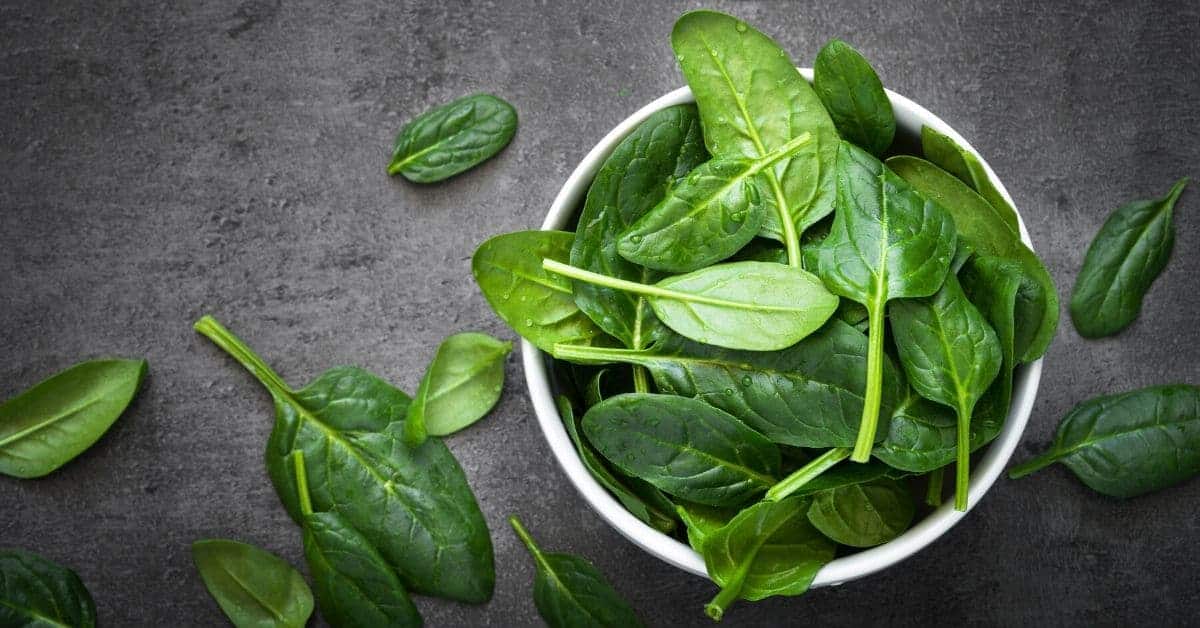
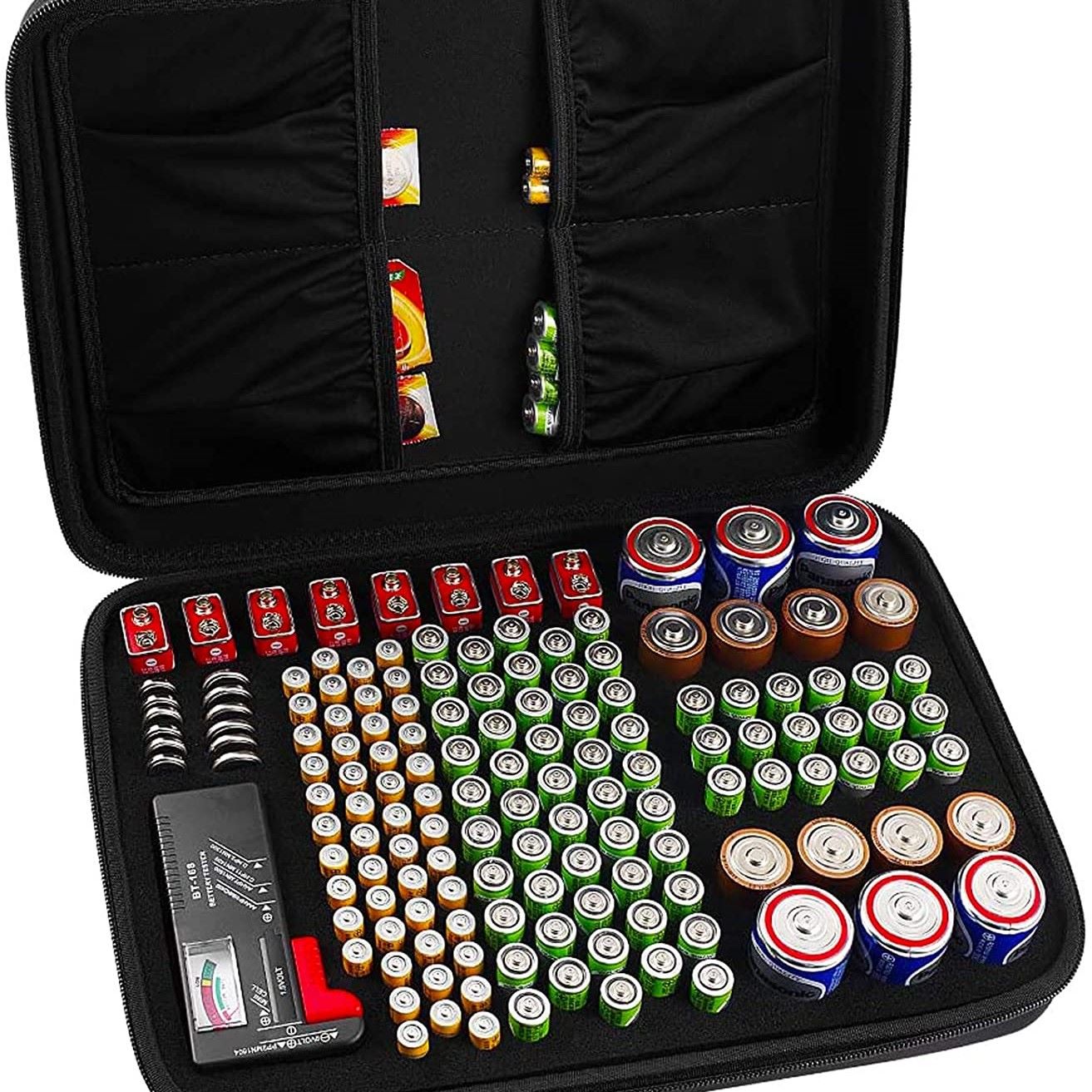
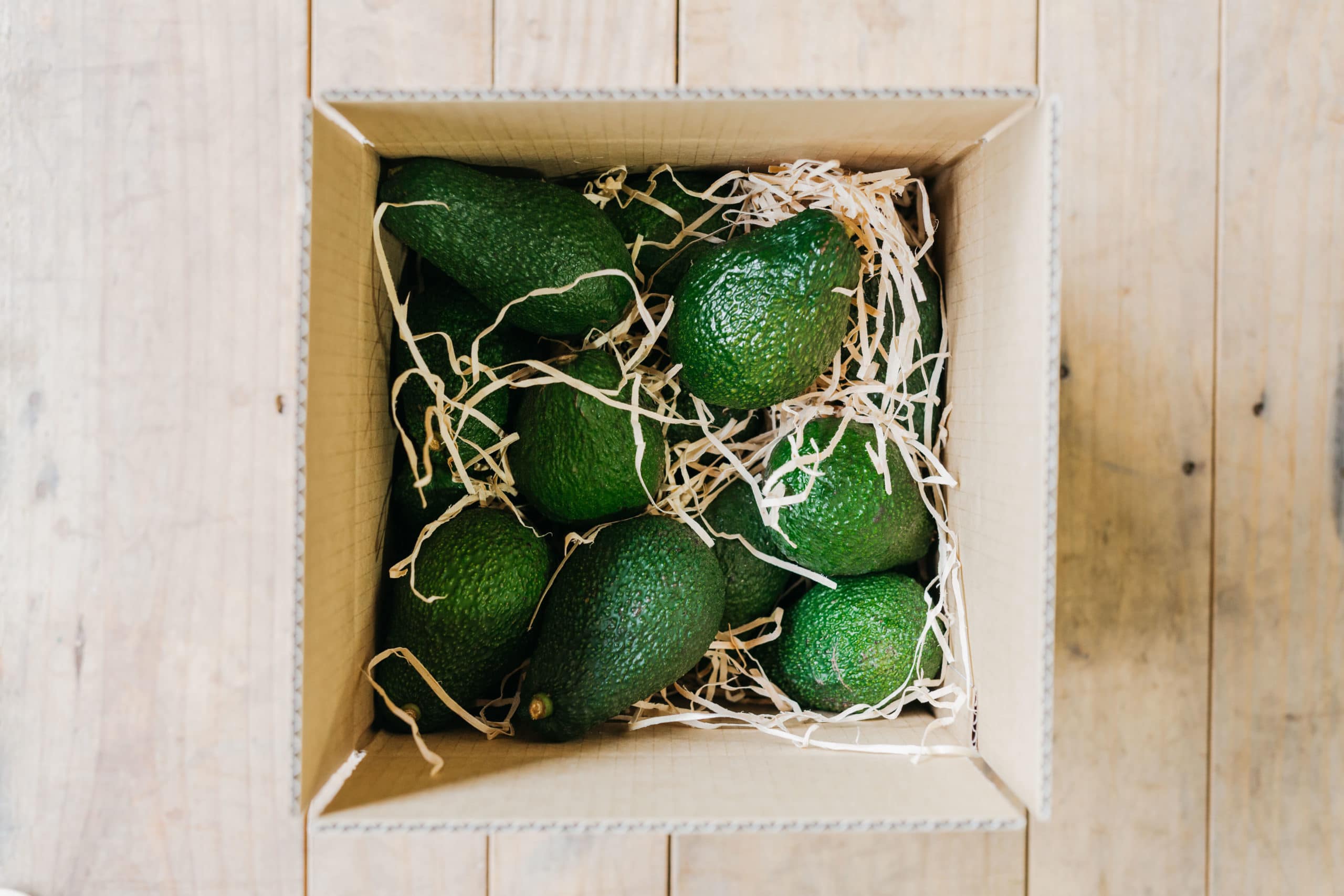
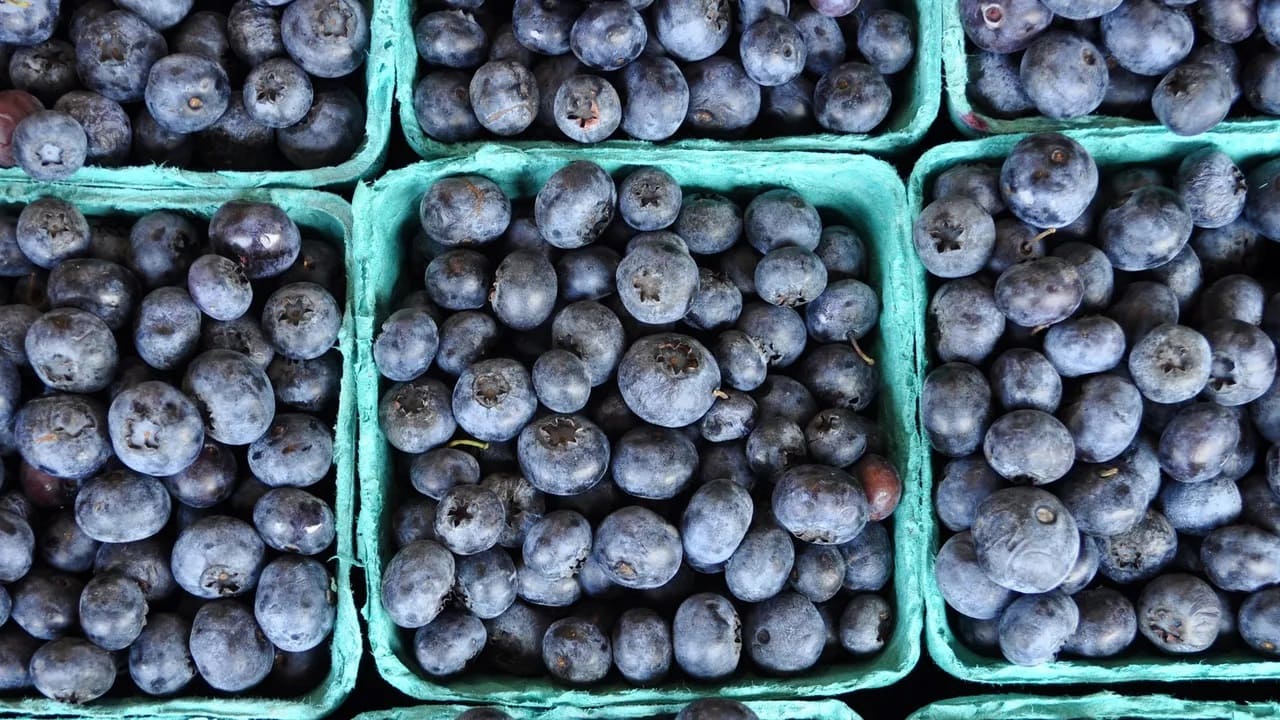
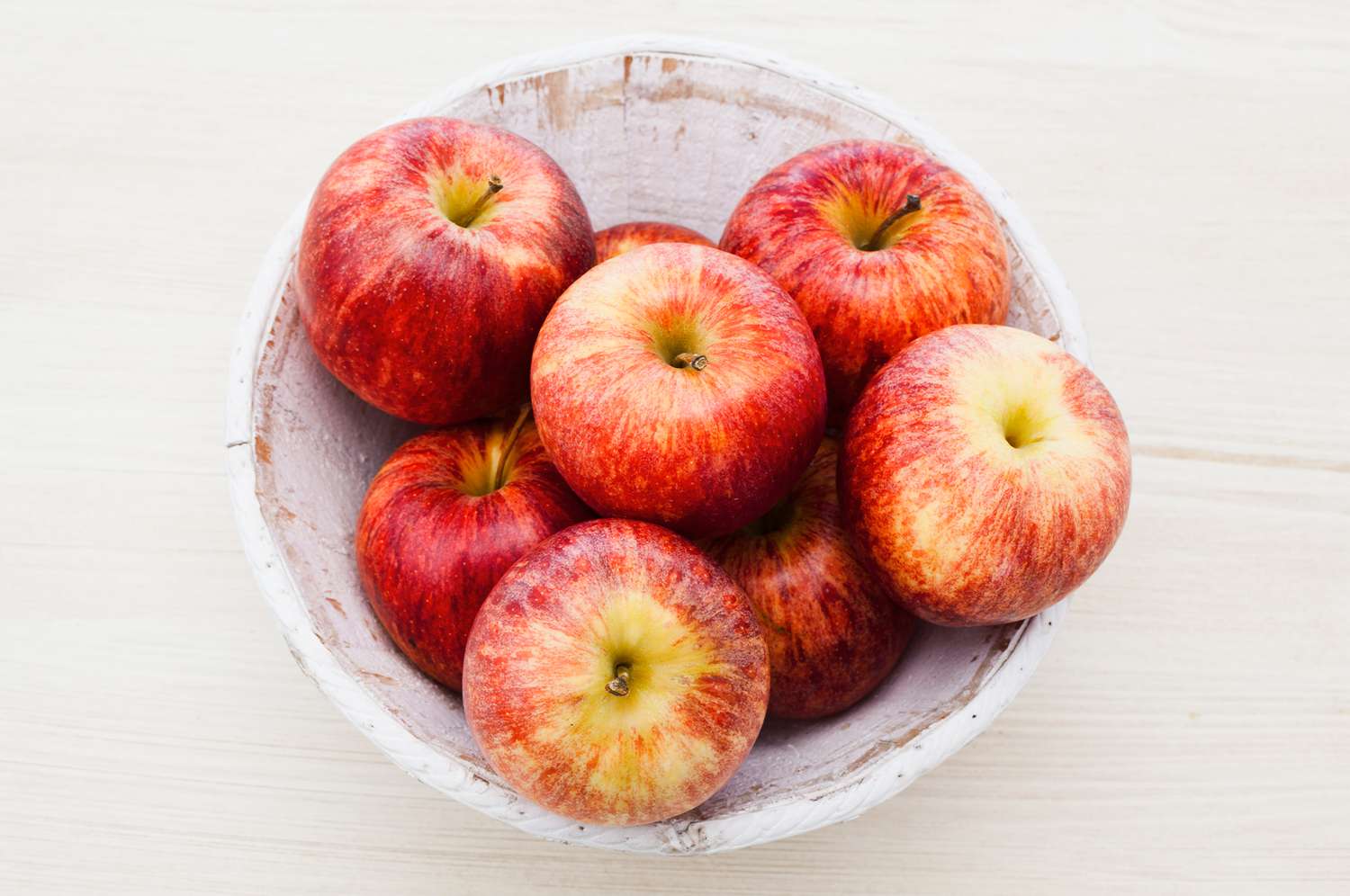
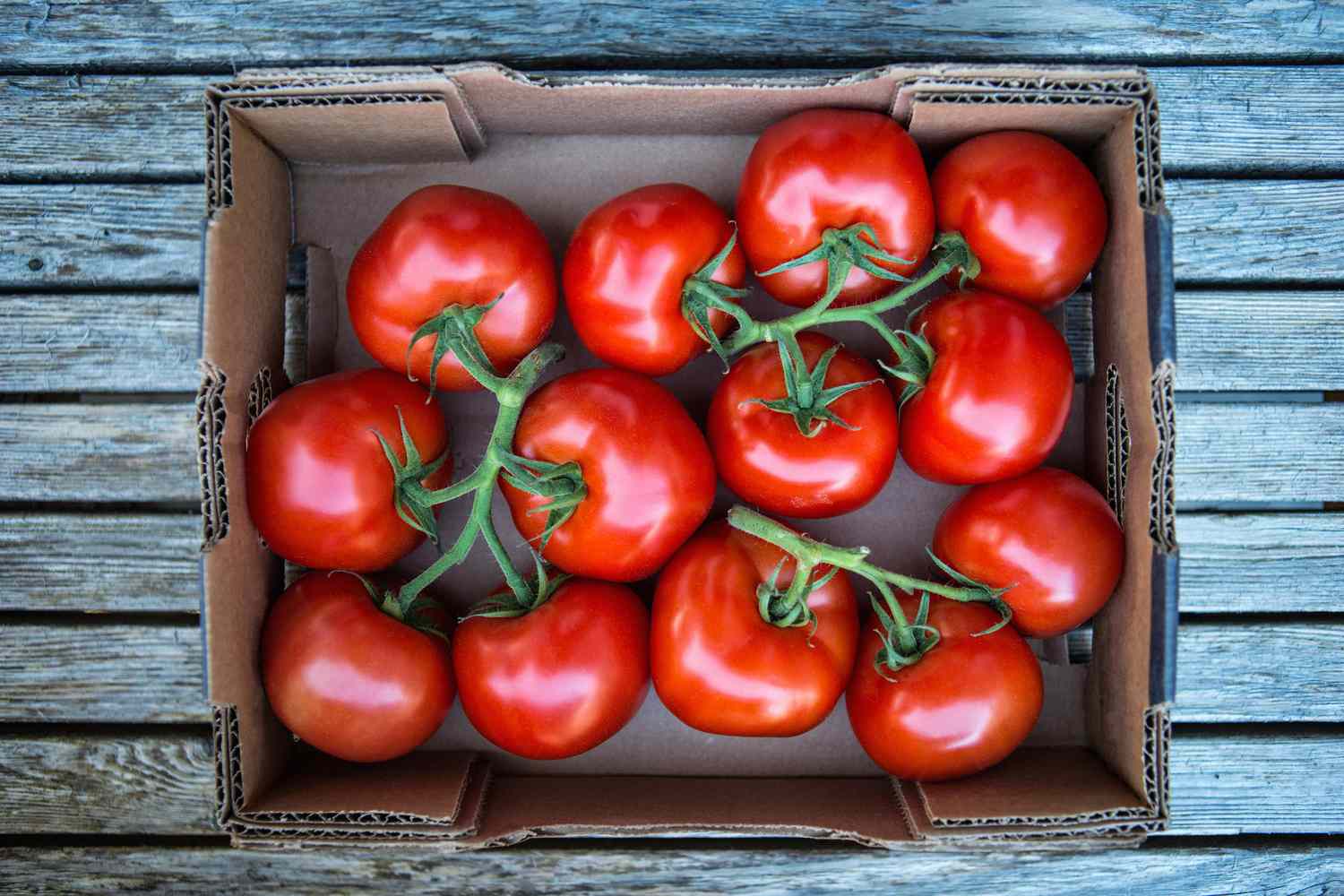
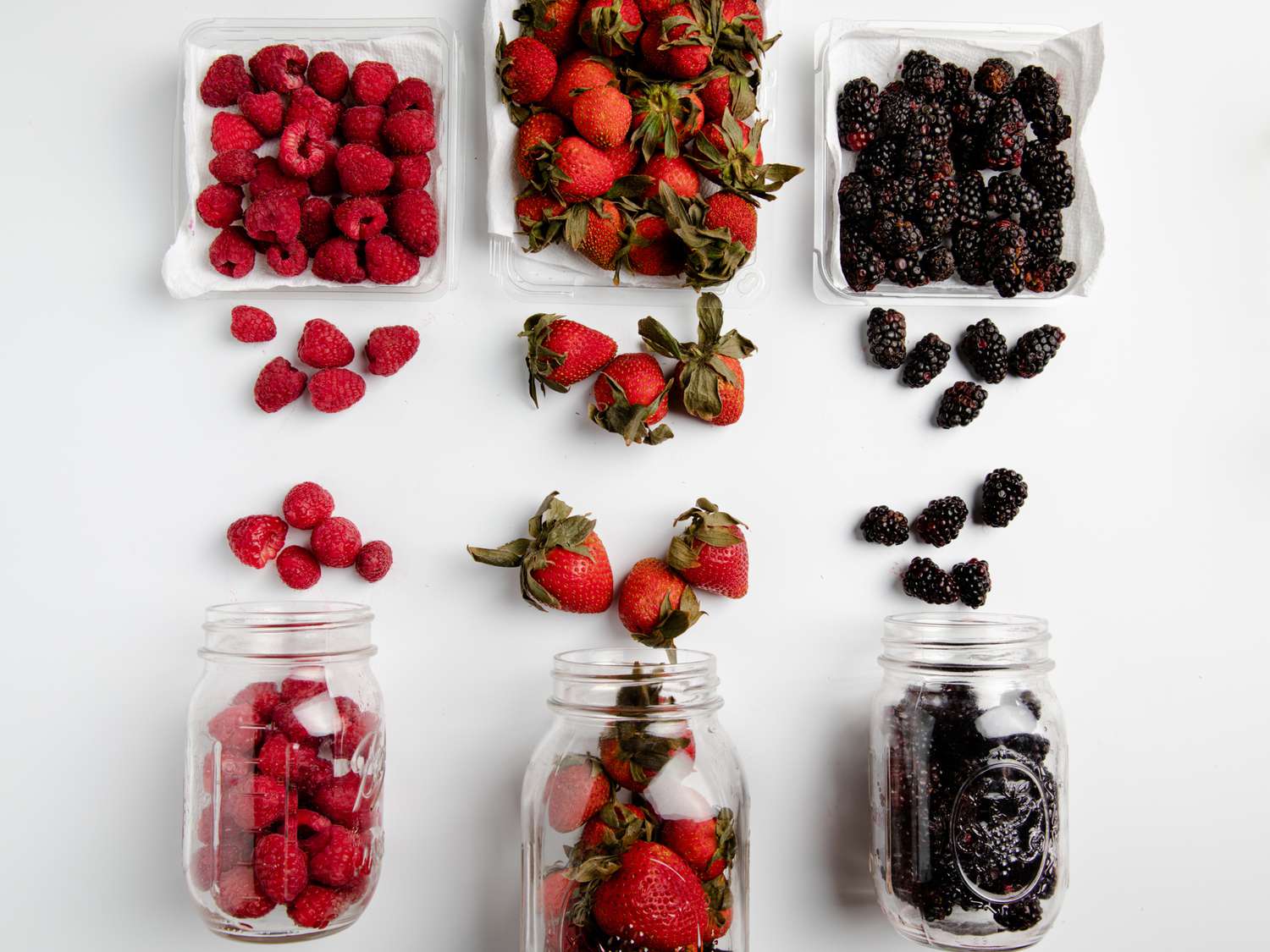

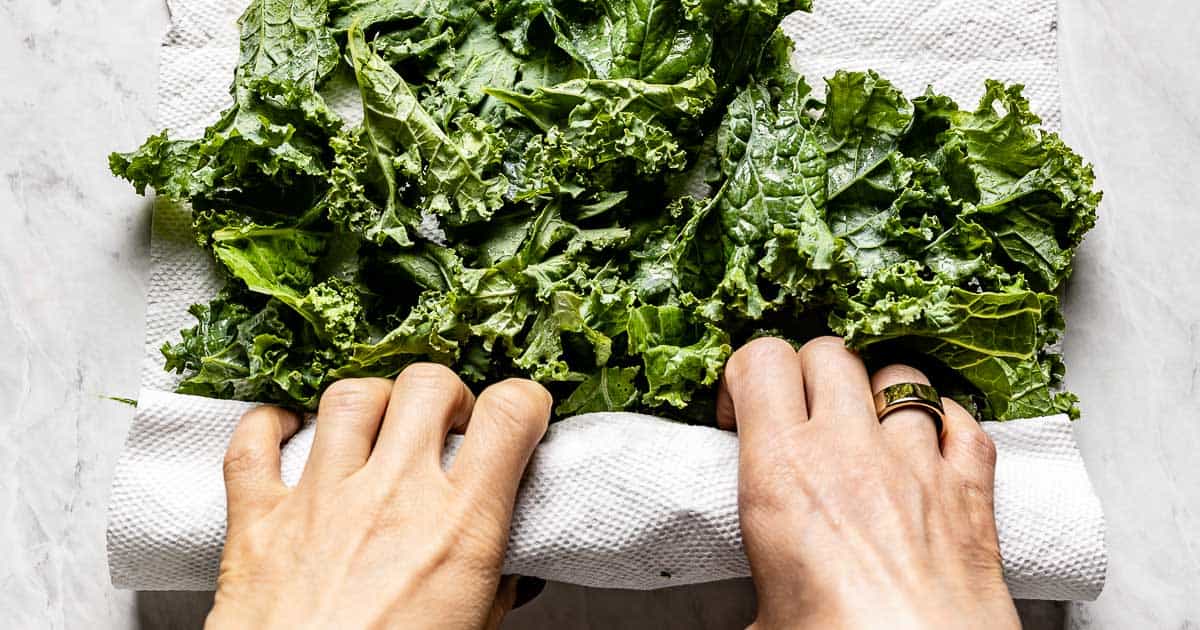
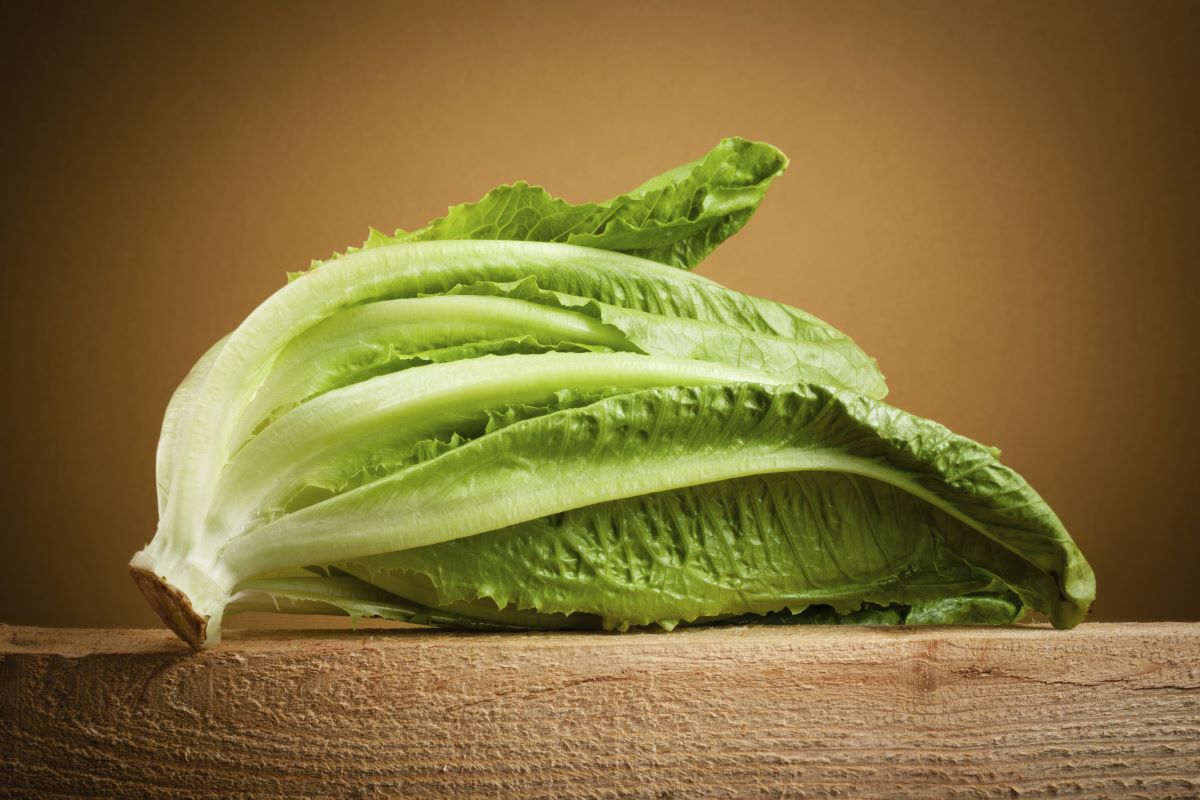
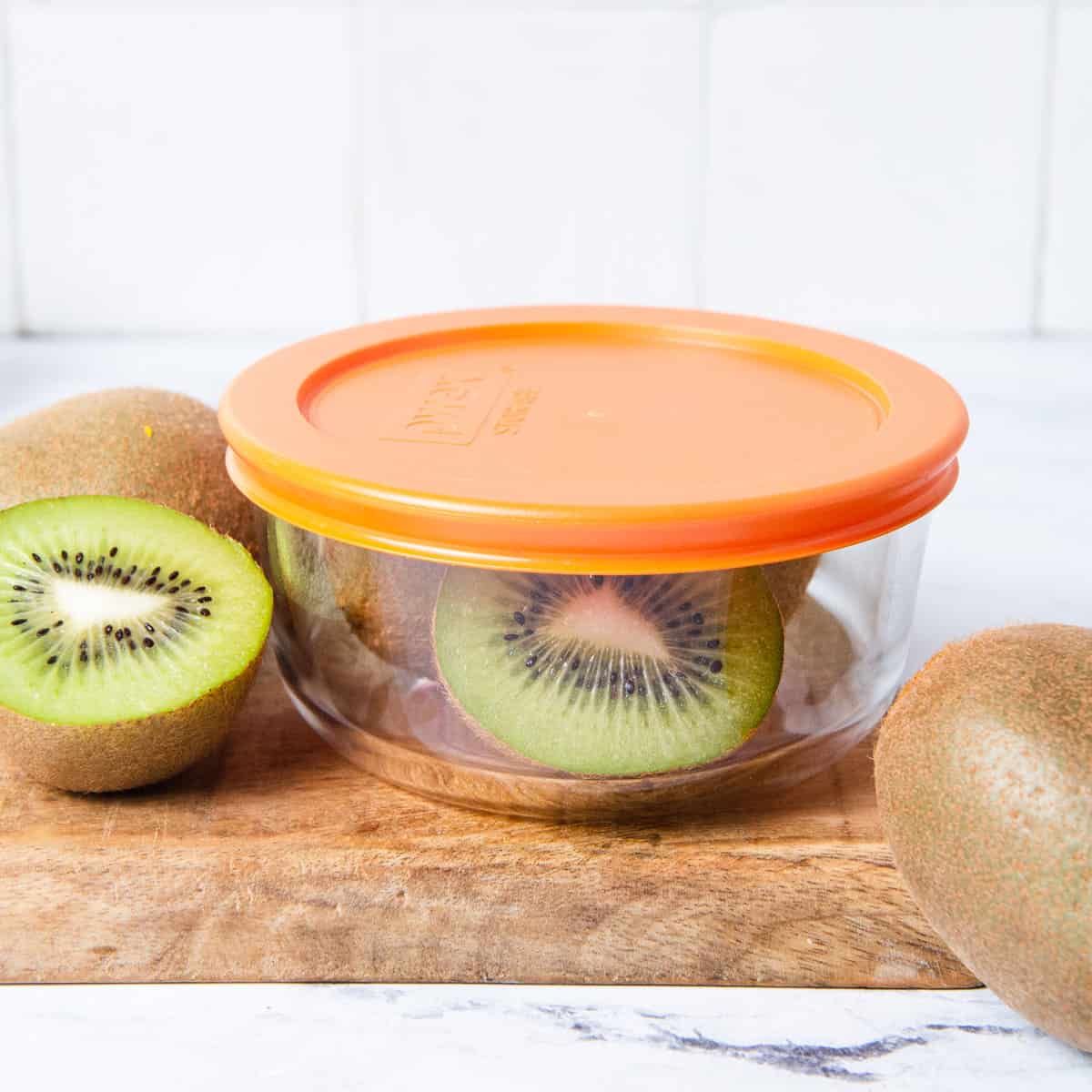
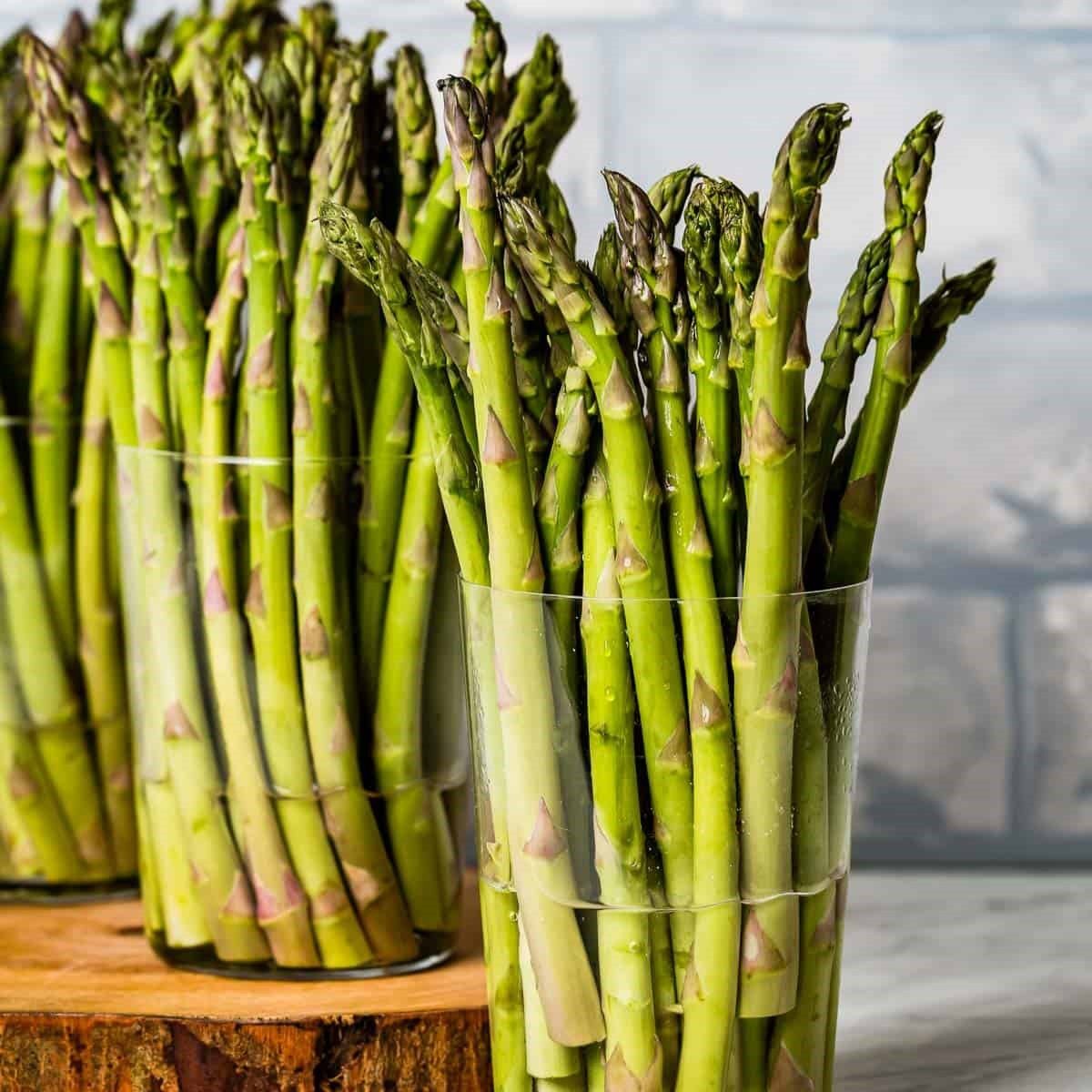

0 thoughts on “How To Make Seeds Last Longer”